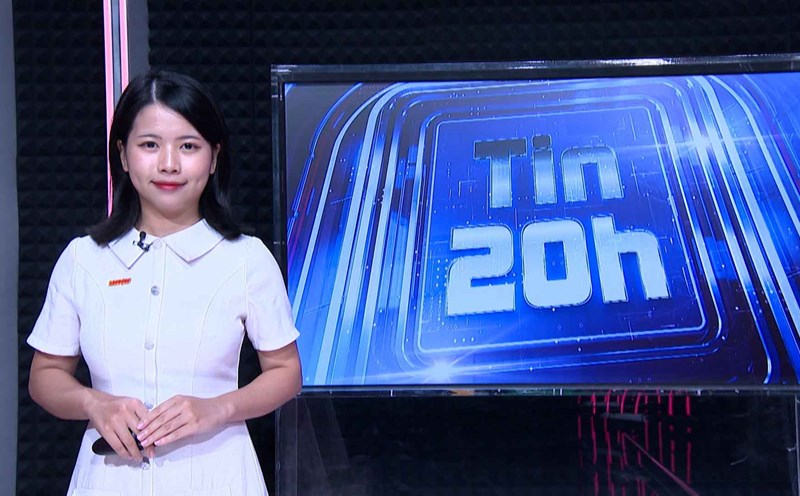Parents can guide and teach young children to repair simple damaged toys. This is also one of the ways to help children become aware of independence, develop creative thinking and learn necessary skills in life.
Learn problem solving skills
When fixing a broken toy, children need to figure out why and how to fix it. This process requires them to learn skills in observation, analysis, and testing different solutions.
Learning real-world problem-solving techniques helps children develop logical thinking and the ability to analyze and discover themselves.
Besides, fixing toys by themselves also helps children learn to be patient and not give up when facing difficulties. At the same time, children also understand that not everything is always favorable and need to make efforts to achieve the desired results.
Confident and independent
When children successfully repair a toy by themselves, their sense of pride and confidence will increase. Confidence is especially important in the formation of personality, contributing to children's future success.
Completing a difficult task will help children believe in their own abilities and be ready to face new challenges.
Parents should help children learn how to solve problems on their own without depending on anyone so that they can be ready to face future situations.
Learn creativity and practical skills
Fixing toys also helps children gain more creative ideas and basic practical skills. Replacing a part or using different materials will help children unleash their imagination and flexible thinking ability.
During the repair process, children will practice more practical skills such as using tools, assembling parts and understanding the operating rules of objects.
These skills are not only useful in everyday life but also help children develop a good foundation for the future.











